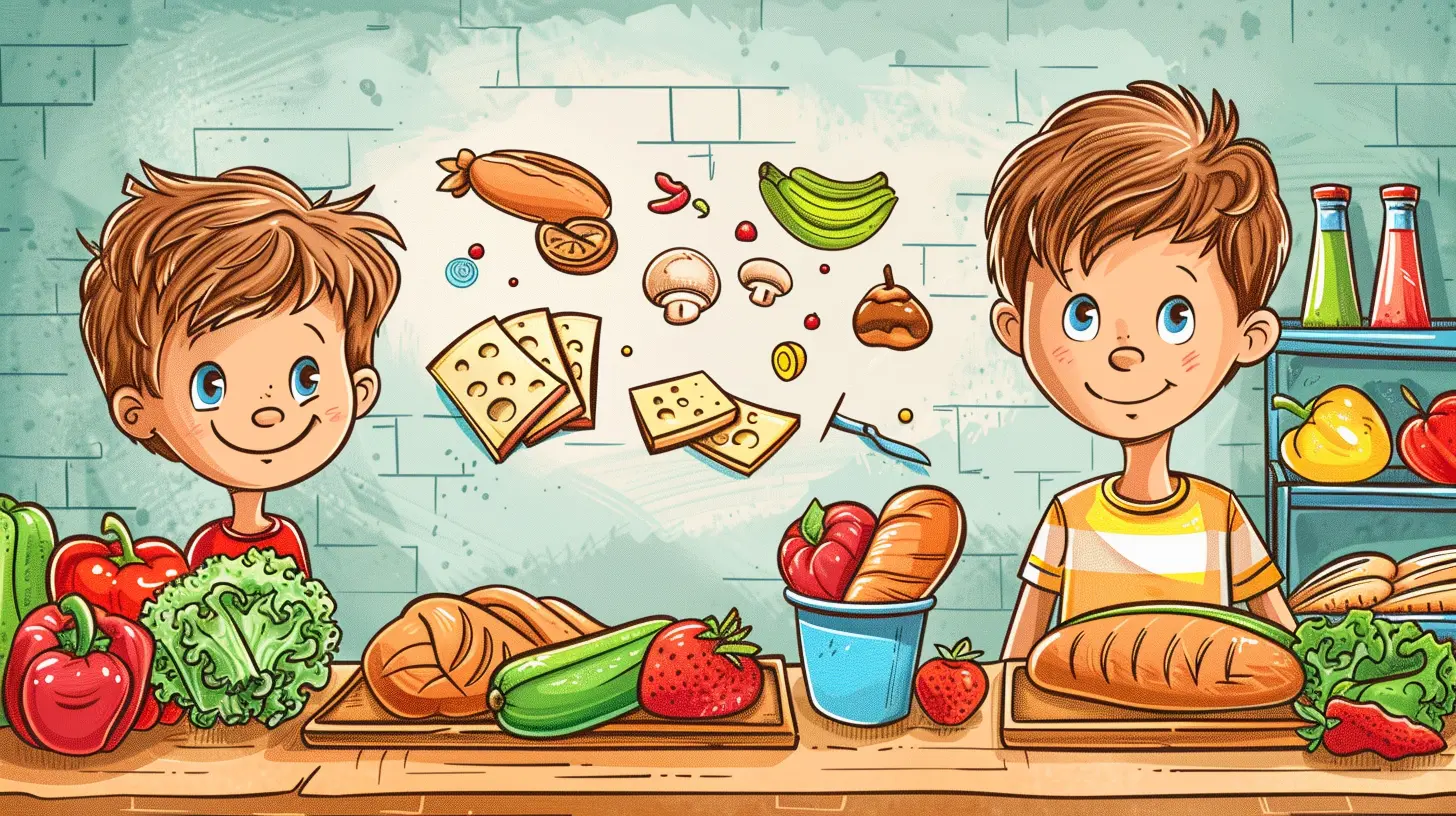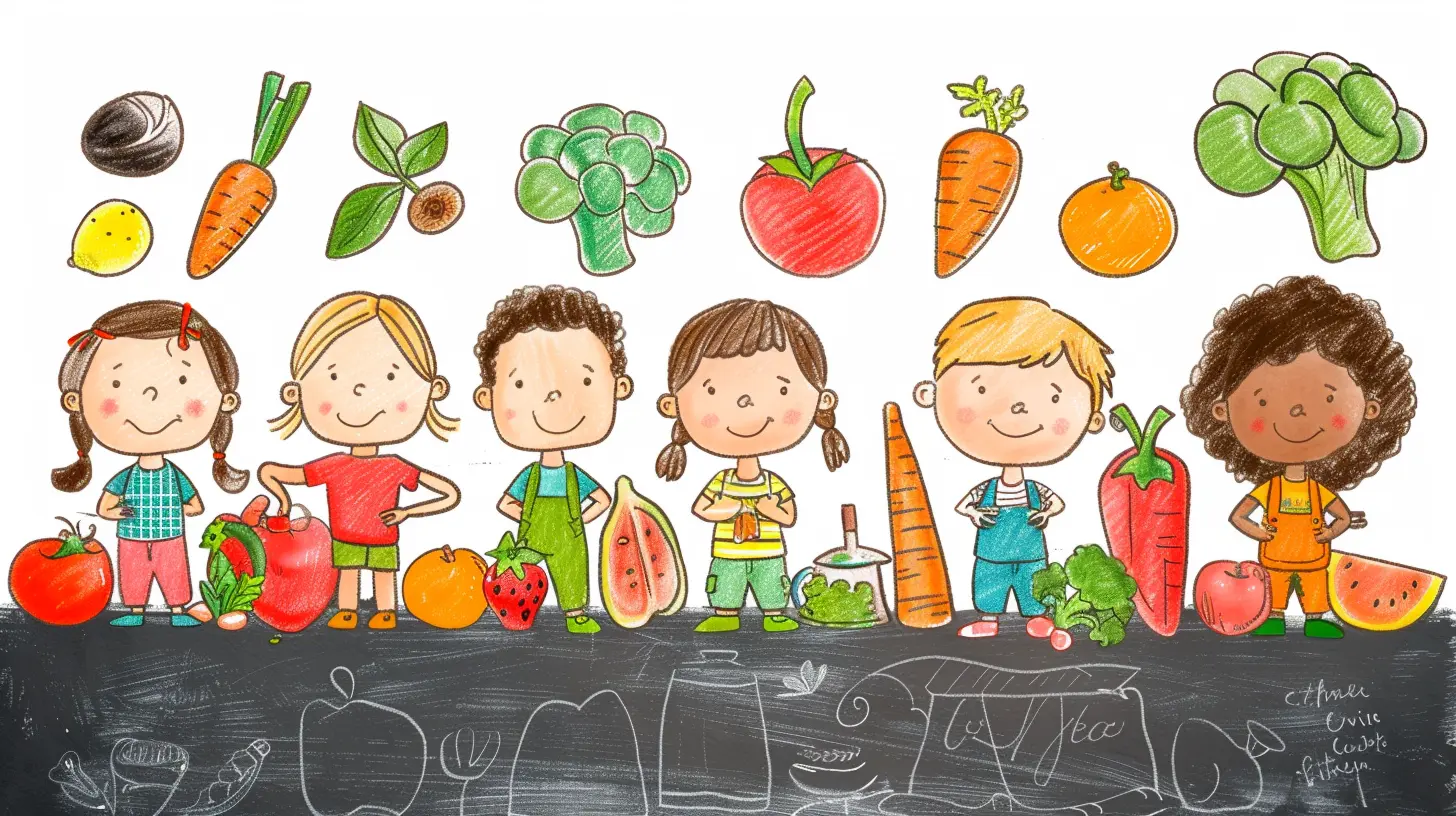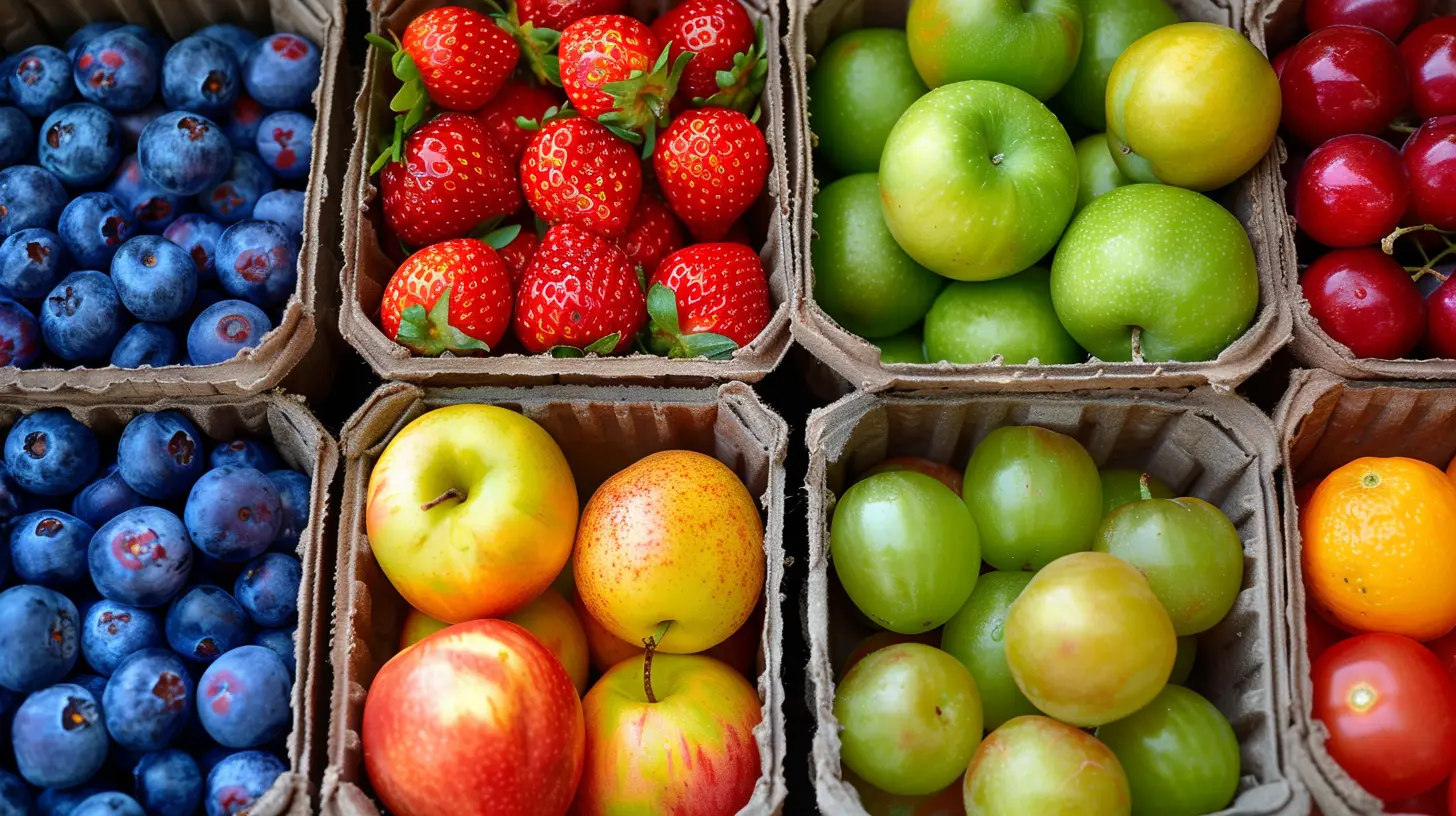How to Teach Proper Nutrition Alongside Physical Fitness
9 September 2025
Let’s face it—teaching balanced nutrition and physical fitness together can be like trying to babysit squirrels after they’ve had espresso. It's chaos, unless you know exactly how to approach it. Parents, educators, and health enthusiasts alike often struggle with making these two best friends—nutrition and fitness—speak the same language. But don’t worry, I've got you covered.
This guide will walk you through the hilarious pitfalls, inspirational high-fives, and practical tips for teaching proper nutrition alongside physical fitness, without sounding like a broken record or a boring health textbook. Get ready for a down-to-earth, laugh-out-loud ride through the world of kale and crunches!
Why Nutrition and Physical Fitness Are Like Peanut Butter and Jelly
Here’s the deal: you can’t talk about fitness and ignore nutrition. That’s like trying to wash your car with chocolate syrup. Sure, it's messy and fun, but it won’t get the job done.Your body is a machine—albeit one that also likes TikTok and midnight snacks. To function properly, it needs quality fuel (nutrition) and regular maintenance (exercise). Teaching these side by side helps kids and adults form lifelong habits that keep their engines running smoothly.
Start With the "Why"
Before you dive into food pyramids and reps, you’ve gotta sell the idea. Why should anyone care?Ask your students (or kids), “What does your body do for you every day?” It breathes, walks, dances badly at weddings, and powers through school or work. Cool, right? Now explain that good food and exercise help the body do all those things better.
Make it personal. Use stories. Maybe tell them about that one time you tried to run a 5K after eating six donuts. Spoiler: it didn't end well. Relatable stories make the lesson stick.
Make It Real: Use Everyday Analogies
Comparing the human body to a car, smartphone, or gaming console works wonders. Seriously.- Car analogy: “If you put garbage in your gas tank, it won’t go far. Same with your body.”
- Phone analogy: “Proper food is your charger. Exercise clears your memory cache. Boom—optimized performance.”
- Game analogy: “Veggies = power-ups. Junk food = lag.”
These silly analogies actually drive the point home (pun totally intended).
Break Down Nutrition Like a Boss
Nutrition seems complicated, but you can break it down into bite-sized chunks (yes, pun again). Use simple, colorful visuals and stick to the basics:🍎 Macronutrients (The Big Three)
- Carbohydrates: Your body’s go-to for fuel. Think whole grains, fruits, and veggies—not just french fries.- Proteins: Builders of muscle and repair crews. Eggs, meat, beans, more beans.
- Fats: Not all fats are evil! Healthy fats (avocados, nuts, olive oil) keep your system smooth.
🥦 Micronutrients (The Tiny Heroes)
Vitamins and minerals. You don't need to list them all like a periodic table, just hit the highlights—Vitamin D from sunlight, calcium for bones, iron to feel strong.💧 Water: The Actual MVP
Remind them: if your pee looks like Mountain Dew, you're not drinking enough water. Hydration is key, even if soda tastes better (fight me).Teach Through Food Labels (AKA The Modern Nutrition Treasure Maps)
Food labels are gems—if you know how to read them. Turn understanding food labels into a scavenger hunt or “nutrition detective” game.Show them how to spot:
- Sneaky sugar aliases (looking at you, “maltodextrin”)
- Sodium overload
- Serving size scams (because no one eats only 7 chips)
Keep it funny. Call out “portion lies,” and have students guess the real sugar content of so-called “healthy” snacks. Spoiler alert: granola bars are sometimes candy bars in disguise.
Bring on the Movement: Integrating Physical Fitness
Now that nutrition’s rocking, let’s throw fitness into the mix like it’s a surprise dance number in a musical.🎯 Make It Fun (or They’ll Zone Out)
Forget boring jumping jacks every day. Use games, challenges, and variety:- “Fitness Bingo”
- Obstacle courses
- Dance-offs
- Yoga with animal poses (downward dog gets actual laughs)
The goal? Normalize movement. Physical fitness should feel less like a punishment and more like a party with sneakers.
💪 Teach Fitness Foundations
You don’t need Olympic training. Just teach the basics:- Cardiovascular endurance (aka not dying after stairs)
- Strength (hello, carrying all your groceries in one trip)
- Flexibility (especially after sitting all day like a shrimp)
- Balance and coordination (so you don’t trip over your own feet)
Tie each exercise type to real life. Like, “Lunges help you pick up dropped keys dramatically.” You get the idea.
Blend Them Together: Nutrition Meets Fitness
Now comes the fun part—merging these two BFFs like a smoothie of success.🍌 Pre-Workout Snacks
Teach what to eat before working out:- Bananas for quick energy
- Greek yogurt
- Oatmeal
Not Doritos. Ever tried doing burpees after a bag of Cool Ranch? Rookie move.
🐔 Post-Workout Fuel
After movement, it’s refuel time:- Protein + carbs combo: chicken and rice, peanut butter and whole grain toast
- Hydrate like your life depends on it. Because it kinda does.
Have students experiment and track how different foods make them feel. Empowerment beats preaching every time.
Get Creative: Classroom and Home Ideas
Here’s where we throw spaghetti at the wall (whole wheat, of course) and see what sticks.🎨 Nutrition Art
Create food-group collages. Yes, it’s arts and crafts with a side of spinach.🧑🍳 Cooking Demos
Have mini cooking classes. Teach kids how to make healthy snacks like fruit kabobs, smoothies, or DIY trail mix.📓 Nutrition + Fitness Journals
Get them to log meals and movement. Not for calorie-counting—just awareness. Let them reflect on energy levels, mood, and even poop quality (kids love poop jokes, let’s be honest).🏫 School-Wide Health Days
Hold themed days like “Water Wednesday” or “Meatless Monday.” Shake things up!Tackle Common Myths and Misconceptions
Let’s go myth-busting, baby!- “Carbs are bad!” Nope. Your body loves them like a golden retriever loves tennis balls.
- “Fat makes you fat.” Wrong again. Eating the right fats actually helps your body thrive.
- “You need to exercise for hours.” False. Short, consistent movement does wonders.
Deconstruct these myths with humor and facts. Show silly infomercial clips or TikToks and have students point out the nonsense.
Use Tech to Your Advantage
We’re in 2024, folks. Embrace the gadgets!- Use fitness apps or smartwatches to track steps.
- Use YouTube for guided workouts.
- Create nutrition memes or infographics on Canva.
- Host “FitTok Friday” and watch exercise videos together.
Meet them where they’re at—but make it educational AND hilarious.
Make It a Family Affair
You know what they say: you can’t out-train a bad household.Encourage parents to get on board:
- Send home recipes
- Plan a “Family Fitness Night”
- Offer workshops (maybe with snacks—good snacks)
The more consistent the messaging, the more likely these habits will stick around longer than expired almond milk in the fridge.
Keep It Real and Keep It Going
Rome wasn't built in a day, and neither is a healthy lifestyle. Progress, not perfection, should be the motto. Celebrate small wins. Maybe your student swapped soda for water or finally touched their toes without snapping. That’s gold!Make it a lifestyle, not a boring health class with outdated posters. Be the coach, cheerleader, and comedian they didn’t know they needed.
Final Thoughts: It's About Balance, Not Perfection
If you take anything from this article, let it be this: Healthy living isn’t about kale smoothies and burpees every darn day. It’s about balance. Some days you’ll rock the gym and meal prep. Other days you’ll eat cookies and take a nap. And that’s okay.Teaching nutrition and fitness together is about creating habits, not guilt trips. Keep it light, keep it funny, and most of all—keep it real.
Now go forth and teach like the healthy rock star you are!
all images in this post were generated using AI tools
Category:
Physical EducationAuthor:

Monica O`Neal
Discussion
rate this article
1 comments
Kismet Turner
This article offers valuable insights on integrating nutrition and fitness education. It highlights the importance of a holistic approach, encouraging educators to foster healthy habits in students that support overall well-being and lifelong wellness.
September 10, 2025 at 12:22 PM

Monica O`Neal
Thank you for your thoughtful feedback! I’m glad you found the article valuable and its holistic approach important for fostering lifelong wellness in students.


